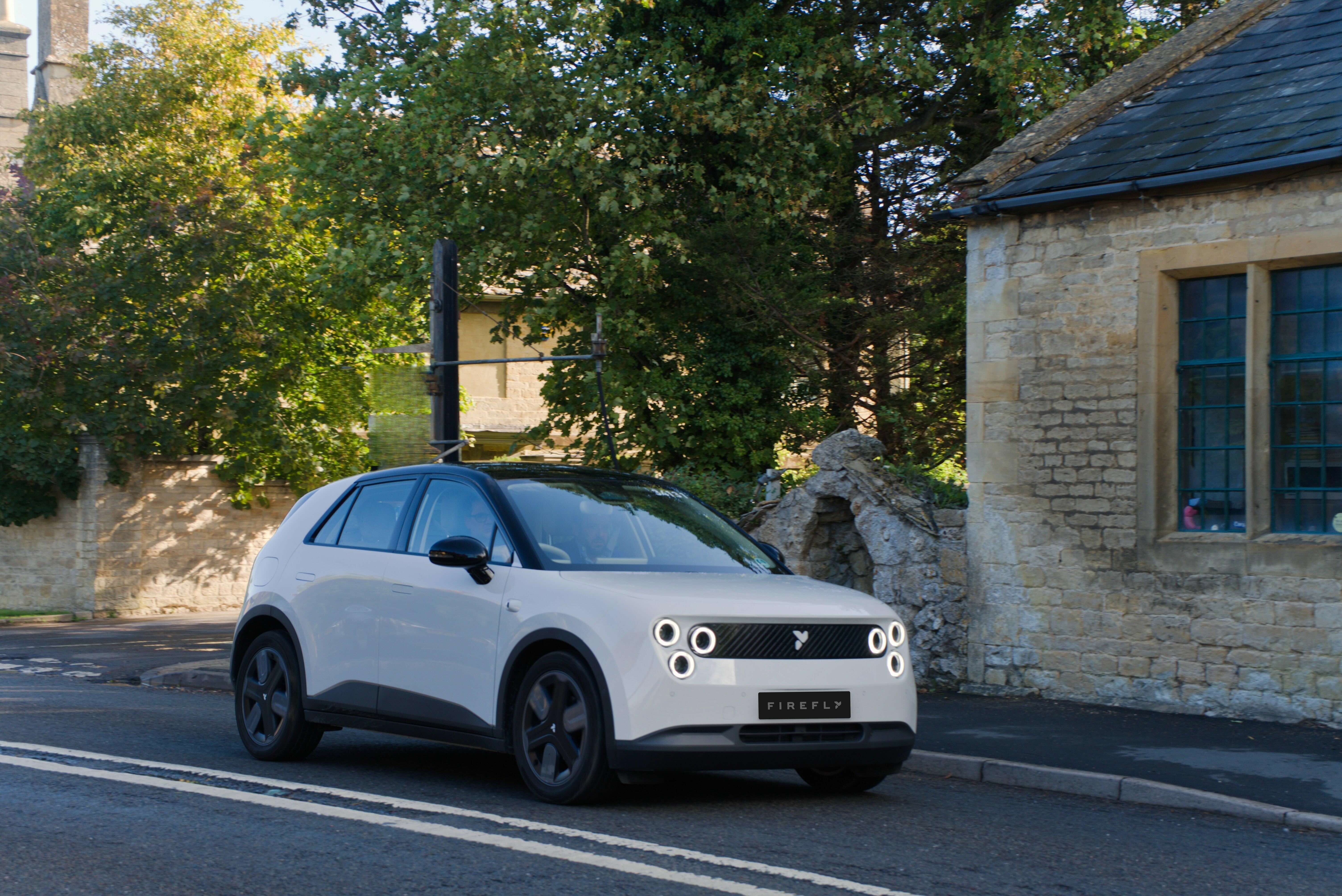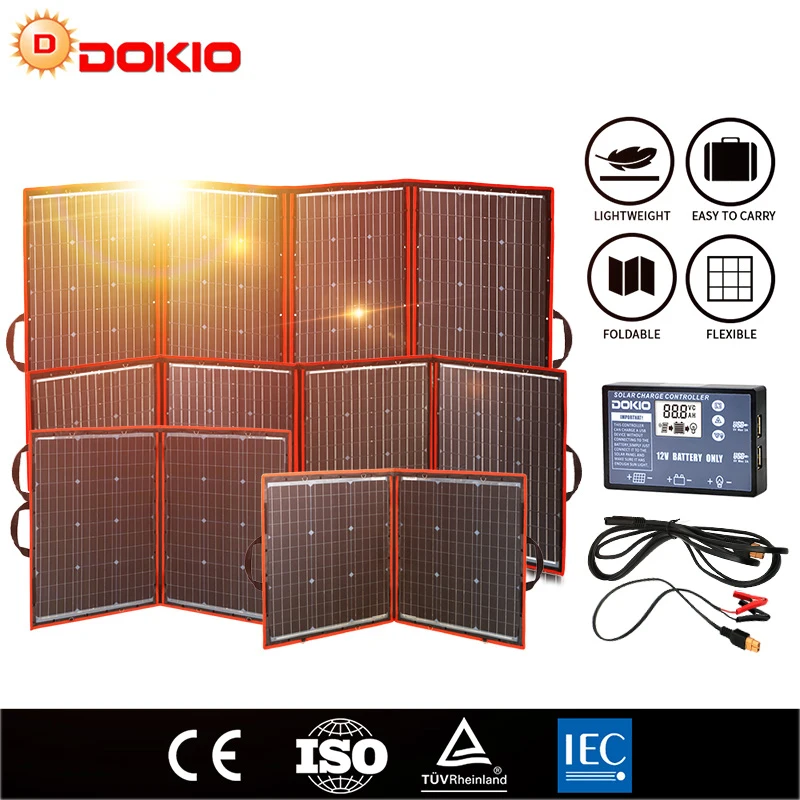Be warned, this is going to be a long article. Nonetheless if you’re interested in battery technology or have a BMW i3, you’ll like reading it.
Later this year, the BMW i3 will get its battery upgraded with NCM 622 cells and the capacity will increase from 94 to 120 Ah. With 120 Ah battery cells, the BMW i3 will have a total battery capacity around 42,62 kWh (96 x 120 Ah x 3,7 V).
Moreover, the new battery cells are already in production at the Samsung SDI plant in Hungary. BMW will announce the new battery for the i3 in the summer.

Nonetheless, this article isn’t about the new 120 Ah cells.
Currently the BMW i3 battery has NCM 111 battery cells rated at 94 Ah and made by Samsung SDI. NCM 111 means that the cathode besides lithium contains nickel, cobalt and manganese in a composition ratio of 1:1:1. Sometimes, these battery cells are also referred to as NCM 333.
Let’s see the interesting stuff, the official specs.

This battery cell complies with BEV2 VDA standard (just 1 cm taller) and its dimensions are 173 mm x 125 mm x 45 mm.

The volumetric energy density is 352 Wh/L, while the gravimetric energy density is 174 Wh/kg.

Unless a short circuit occurs you don’t need to worry about a thermal runaway ever happening. Moving on…

After 4.600 charge/discharge complete cycles (from 0 to 100 %) at 25 ºC, the battery cells retain 80 % of the initial capacity. If we consider that with a full charge a BMW i3 have on average a 200 km of range during the 4.600 cycles, it means that by the time it reaches 920.000 km it’ll still have 80 % of its initial battery capacity left.

Batteries are like people, they work best at 25 ºC and that’s why TMS (Thermal Management Systems) are so important.

At 45 ºC we reach the EOL (End of Life) in 2.000 instead of 4.600 full cycles. Samsung SDI considers the EOL of a battery to be at 80 % of its initial capacity. Nevertheless, after 400.000 km still having 80 % of the initial battery capacity isn’t bad.

I’m still thinking about those 920.000 km…
By cycling the battery at 60 ºC the EOL is reached in only two and half years.

See why TMS is important?

In my opinion, the BMW i3 (94 Ah version) has the best EV battery, mostly because of its cells, but not only:
- Superb quality NCM 333 battery cells from Samsung SDI.
- Cell layout is what it should always be. Side by side, for better heat dissipation. Having cells on top of each other is not a good idea, the top cells will get hot and degrade faster.
- Good TMS (Thermal Management System) that uses liquid cooling for keeping the battery at recommended temperature is very important.
- KISS (Keep It Simple, Stupid) principle, since it only has 96 cells all connected in series, none in parallel. Less chances to get one bad cell that undermines the whole battery pack.

Summing up, the BMW i3 (94 Ah version) has a great battery that will outlast the rest of the car. It’s very important to acknowledge that if we want to have sustainable electric cars we need to care about their batteries, otherwise they’ll have as much planned obsolescence built into them as ICE (Internal Combustion Engine) cars. Anything less than 200.000 km before reaching the EOL isn’t acceptable from an environmental point of view, and this is why a good TMS - among other things - is crucial.
And we’re done for today.
Thanks Andreas Mayer for the heads up.
More info:
https://www.slideshare.net/DavidQuarles/bmw-i3-vs-tesla-battery



